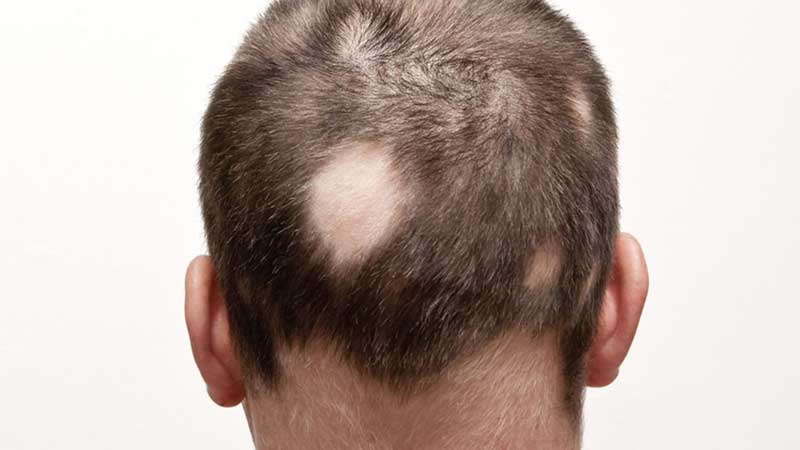- Kartaltepe Mahallesi İncirli Caddesi Limon Çiçeği Sokak No: 1 34145 Bakırköy İstanbul
- +90 541 548 52 47

Melatonin for Hair Loss: Benefits and Harms
05/12/2021
What is Alopecia?
27/09/2022Alopecia areata, is a disease in which the autoimmune system mistakenly identifies the structures in the hair follicles as foreign and then attacks. It is often observed that the hair is shed from the scalp in small circular spots. Hair loss can be rapid, sudden and, although rare, can cover other parts of the body.
What Causes Alopecia Areata?
Unfortunately, we do not know exactly what the cause of alopecia areta, Why the autoimmune system malfunctions and attacks the hair follicle, we do not know. Researchers conducted a study of more than a thousand patients who suggested that the hair follicle itself emits a signal that the immune system interprets as dangerous, but the specific mechanisms of action are unclear. Again, they couldn’t find the exact reason. Some researchers believe this condition is genetic.
How is Alopecia areta diagnosed?
Your doctor will review your medical history for autoimmune diseases, ask questions, and perform a physical exam. If this isn’t enough for a medical diagnosis, your doctor may take a sample of your hair and scalp tissue for microscope analysis. Additionally, the doctor may order blood tests for conditions such as hyperthyroidism or hypothyroidism, depending on whether the thyroid gland is overactive or underactive, known as abnormalities.
Is There a Treatment for Alopecia Areta?
As of now, there is no permanent cure for Alopecia areta disease. Many respond well to medications, but some do not experience significant changes. The most known ways to fight alopecia areta are Minoxidil (Rogaine) and topical corticosteroids, but they should be used under the supervision of a doctor. A remedy developed at Yale University has been tested on men with this problem and has had them regrow healthy hair within a few months. Similarly, the drug, also developed by a university, successfully treated three patients suffering from chronic alopecia areta. Both of these drugs were originally designed to fight arthritis and are thought to be used to treat alopecia areta as well. It may take several years for them to hit the market.
Do Most People with Alopecia Areta Get Better?
At some point, the immune system usually stops attacking the hair follicles and the hair regains its full volume and density over time. However, in a small percentage of people with alopecia areta, the hair follicle infrastructure has been repeatedly damaged by white blood cells to the point where it cannot grow repeatedly. For this group, the symptoms of alopecia areta are likely to be permanent.
Persistent alopecia areta disease is most likely to occur in those who experience:
- Family history of alopecia areta
- Family history of autoimmune diseases.
- Getting alopecia areta before puberty
- About of alopecia areta lasting more than a year.
- Multiple severe allergies.
- Changes in the shape, color, or texture of both finger and toenails
It could be a permanent sign of alopecia areta




